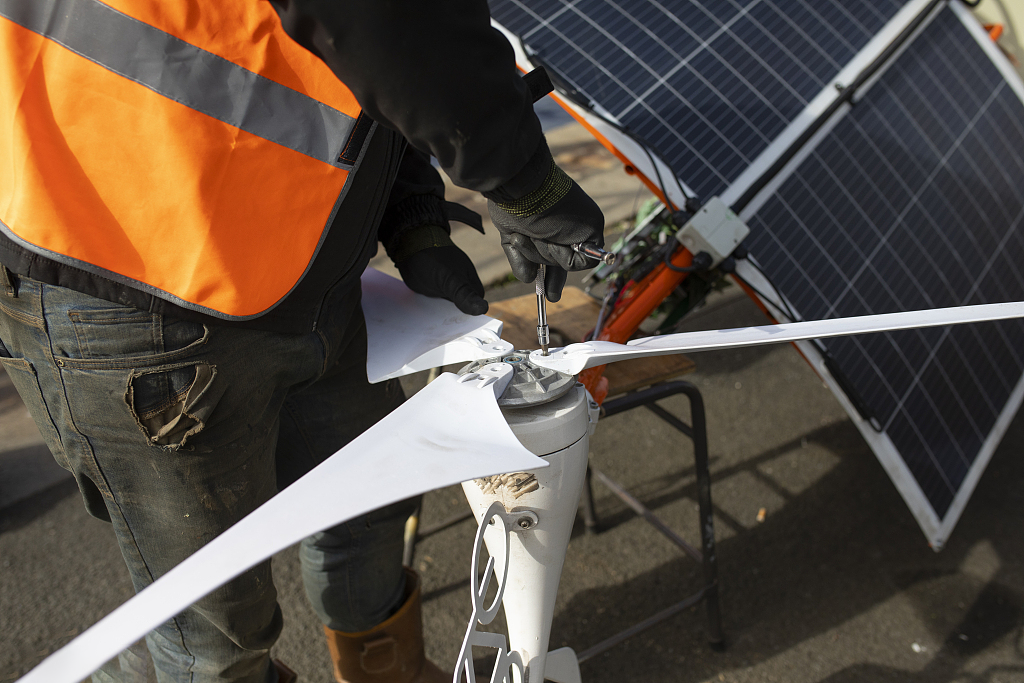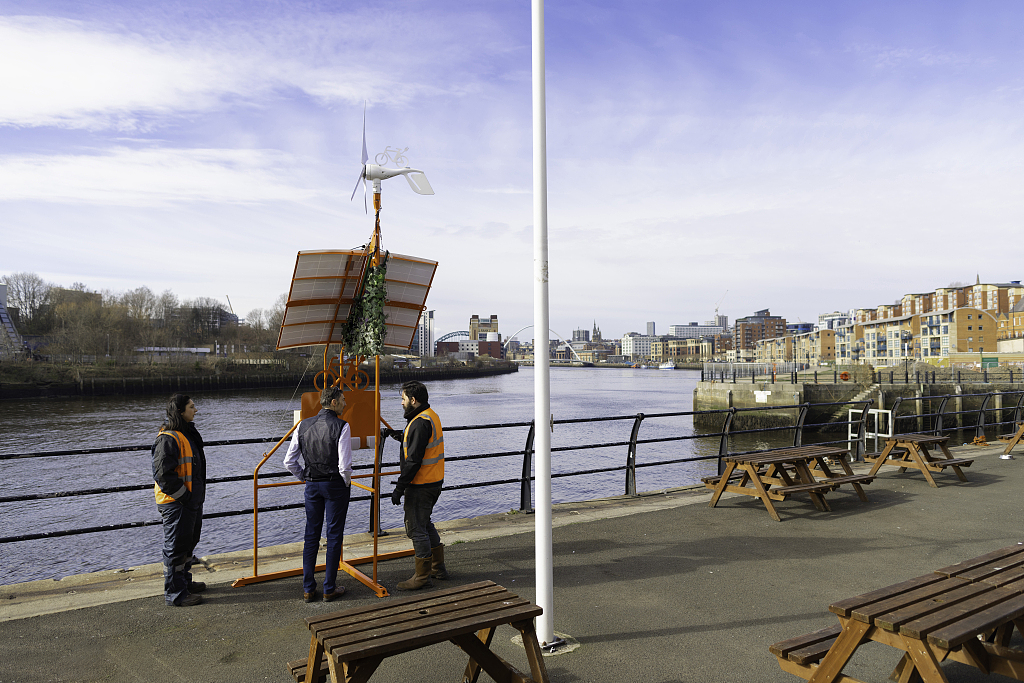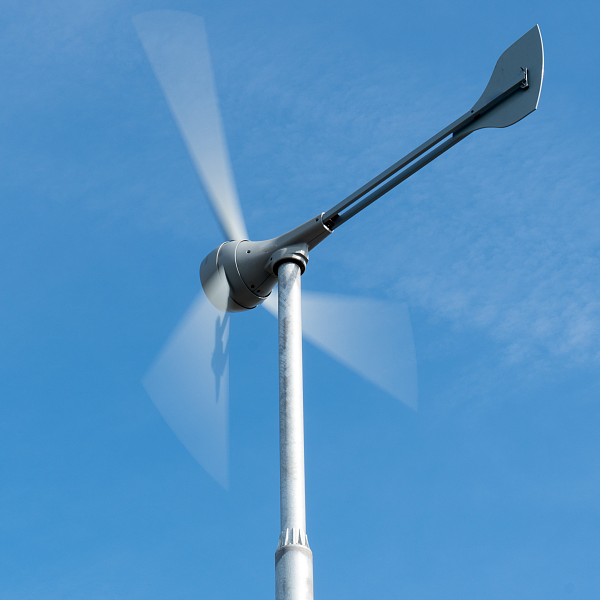
(1)Regular Maintenance of Wind Power Generation Systems:
①Annual inspection, cleaning, and lubrication of all rotating components. This includes the wind turbine, generator, and tail fin, which are mounted on the rotor. The rotor’s sleeve and the light shaft at the top of the column should maintain smooth rotation for flexible movement of the tail fin and proper wind-facing orientation of the turbine. It is recommended to disassemble and clean the rotor every six months to a year, using gasoline for cleaning and applying calcium-based grease for lubrication. The pressure bearing at the top of the column should also be cleaned and greased before reinstallation.
②Lubrication and maintenance every 3 months. Protective measures should be set up around the generator to prevent collisions with livestock. For guy-wired tower structures, regular checks for loose cables are necessary, especially in areas with loose soil. Reinforcement measures like burying wooden or cement stakes next to the tower should be implemented.
③Annual lubrication and maintenance of generator bearings. Front and rear bearings should be serviced every six months to a year. Care should be taken when removing the generator, gently prying open the front and rear covers without causing any damage to the internal wiring or rectifying components. After removing the covers, clean them with gasoline, apply fresh lubricating oil (calcium-based grease), and reinstall them as instructed. Disassembly, cleaning, and lubrication should also be performed annually for the generator, rotor head, and high-speed components. Parts should not be interchanged during installation to avoid damaging the balance of the rotor. Steel ropes, fittings, and all fasteners should be cleaned and coated with rust-proof oil before the rainy season each year.
④Every two years, conduct cleaning, rust removal, and painting for all exposed components of the wind turbine. Stainless steel materials or special long-lasting anti-corrosion treatment are used for exposed parts, eliminating the need for additional maintenance.
⑤After 5 years of operation, inspect the advanced bearings and high-grade lubricating grease used in the generator. If necessary, replenish the lubricating grease.
⑥After 5 years of operation, conduct a thorough inspection of the wind turbine. Check for blade aging, cracks, surface rusting of the generator, damage or cracks in the wheel and vertical shaft, flexibility and deformations in the wind vane, and whether lubrication is required for the bearings and servo motor gears.

(2)Regular inspection and maintenance of variable pitch wind turbines:
①Variable pitch wind turbine blades tend to accumulate dust over time, affecting the sensitivity and consistency of pitch control. Therefore, it is recommended to inspect and maintain them every six months to a year. Remove the wind turbine, dismantle the blades, and clean the guide tracks, sliders, and springs with gasoline. After cleaning, reinstall the components without applying lubricating oil, as exposed lubricants quickly attract dust. It is important to note that the components from different blades should not be interchanged to preserve the balance of the wind turbine.
②Due to the rotation of the rotor head under the influence of tail fin, the transmission lines of small wind turbines can get entangled and broken. To solve this issue, many small wind turbines have segmented transmission lines. The upper section leads from the generator to the lower end of the rotor head’s outer slip ring, while the lower section is connected to the outer slip ring through carbon brushes. The outer slip ring continuously rotates, and the carbon brushes, fixed in the carbon brush holder on the column, remain in contact with the copper ring inside the slip ring through spring pressure. As a result, they are subject to friction and exposure to natural elements. It is recommended to inspect and maintain this system every six months to a year. During maintenance, remove the carbon brushes, check for wear, replace if necessary, clean the inner part of the slip ring from dust using a brush, and reinstall the carbon brushes in their original position.



